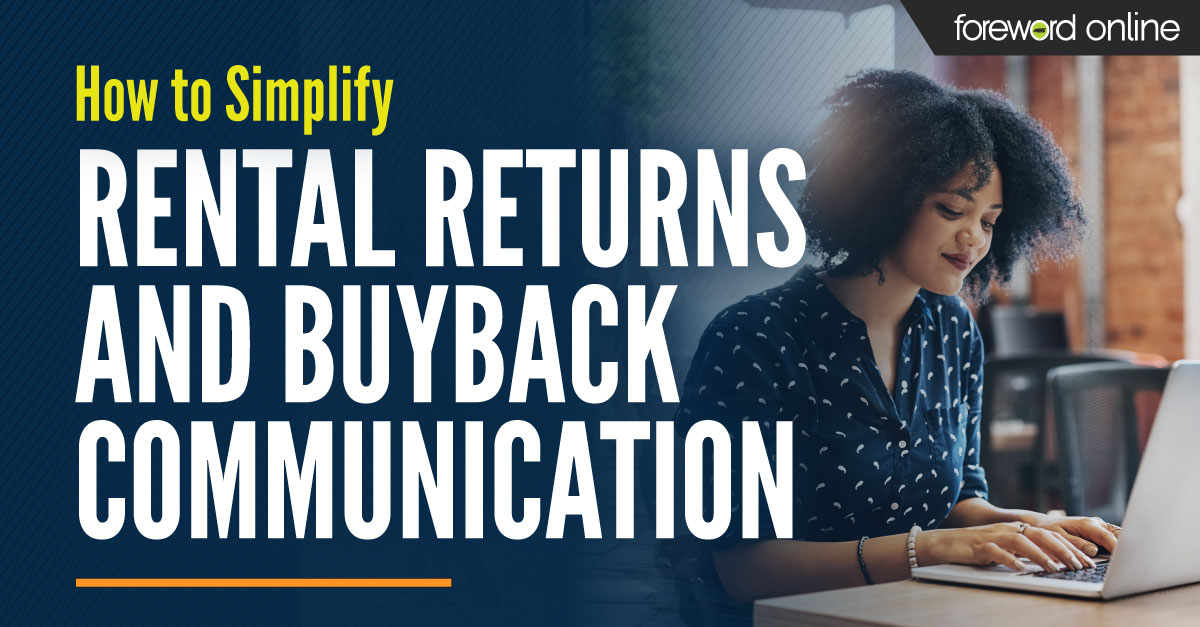When Googling “the rising cost of education,” more than 63 million articles are available for our reading pleasure. We don’t have the time to comb through articles and whitepapers trying to determine the socio-economic and political root causes. Regardless, the rising costs of education can be attributed to two factors:
- The rising cost of tuition
- The rising costs of course materials

Instead of focusing on the “whys” behind the costs, we can concentrate on a method to save students money — buyback.
At the end of the academic term, students sell books they no longer have a use for. The money they receive from textbook buyers reduces their overall cost of ownership, and the institution has a textbook they can sell at a reduced cost to the next student. In some cases, the used book can cost 25% less than a new text.
Buying cycle and student benefits
- The student buys a new or used textbook
- At the end of the term, the student sells the textbook back. The money they receive reduces the overall cost of ownership of the text = net savings
- Prior to the next term, a student seeks out a used book, makes a purchase, and saves more money
- Repeat steps
Savings = retention
When a student uses the bulk of their financial aid for tuition and room and board, then learns their texts are going to cost them several hundred dollars more, the student is going to adjust their spending to save money. The first item to hit the chopping block — course materials. Maybe they buy an older version, share with a friend or skip buying them all together. Faculty will admit, students without textbooks have a hard time succeeding in class. A solution to the problem is a successful buyback campaign.
Supply and demand
The success of a buyback campaign, and how much a student will receive when selling their book back, hinges on faculty adoptions. When faculty decides what they will use in their classes in advance, buyers and websites know what books to seek during the buyback period, and how much they are willing to pay for a specific title. Building a strong relationship with faculty, impressing upon them the importance of meeting the adoption deadline will help you to have a more successful buyback for both you and your students.
When the need for a book is high, and the supply is low, a student will receive more for their book. As the next term begins, there are then more used titles to choose from and greater opportunities for students to save money, succeed in class and stay in school.
Market your buyback
Students need to know when and why to sell their books back. Partnering with the university’s IT department and placing reminders on the intra-campus monitors helps. Let students know the time and place. Branded marketing materials can be provided so you can tell students the particulars of your institution’s buyback event. Creating animation and making buyback about more than selling and buying can give students something to look forward to.
Buyback season is here, and the success of tomorrow’s students starts now.



.jpg)
